Shahbaz Taseer: Why was murdered Pakistan governor's son released?
- Published
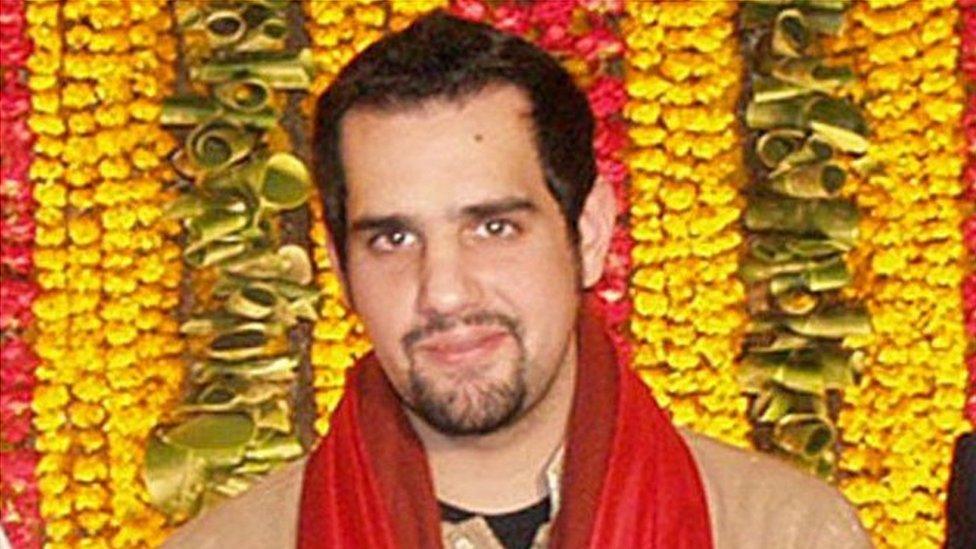
Shahbaz Taseer was kidnapped from Lahore in 2011
The kidnapped son of murdered Pakistani governor Salman Taseer has been reunited with his family, more than four years after being seized by gunmen in Lahore.
Many questions surround Shahbaz Taseer's abduction and release - and there are few clear answers.
Why was he freed now?
Shahbaz Taseer's release comes barely a week after Pakistan executed Mumtaz Qadri, the police guard who assassinated Salman Taseer (Shahbaz's father) for defending reforms to the country's blasphemy laws.
As such, one would have expected the extremists holding him to use him as an object of their revenge. Instead, he walked free, apparently with the consent of his captors.
There are various theories. Some say that in the wake of Pakistan's military operations in the Waziristan region, the militants were on the run and found it difficult to hold him.
Others believe he was released after ransom was paid to his kidnappers.



What is the official story of his kidnapping?
Initial reports attributed to Pakistani officials said he was recovered in an "intelligence-based" operation conducted by a premier Pakistani intelligence service (a euphemism for the ISI), the intelligence unit of the paramilitary Frontier Corps (FCIU) and Balochistan police's counter-terrorism department (CTD).
A CTD official said they recovered him from a compound in the Kuchlak area, some 25km (16 miles) north of Quetta.
The military's media wing, ISPR, confirmed Mr Taseer's release and promised more details in a subsequent message which was never released, apart from a couple of his pictures, with the ISPR chief assuring readers in a tweet that he was "hale and hearty".
What did the restaurant owner say?
Just when the media were desperately looking for reports of a shootout or arrest of kidnappers, some reporters in Quetta got in touch with the owner of a roadside restaurant in Kuchlak.
The owner said that a man with long hair and an overgrown beard had walked into the restaurant at about 5:20pm local time (12:20 GMT) and ordered roasted mutton, a local speciality.
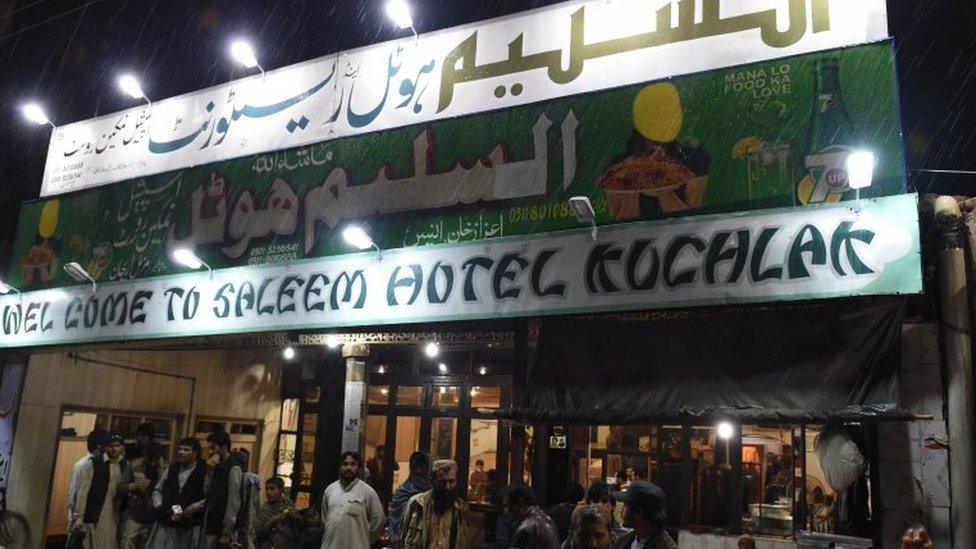
Security forces say they received information Shahbaz Taseer was at this hotel near Quetta
After finishing his food, he paid his bill of 350 rupees (£2.35; $3.35). He walked up to the counter and asked for a telephone. The owner told him he didn't have one. He then asked a waiter for his phone, made a call and then sat down at his table.
At about 5.50pm, a motorcade of Frontier Corps pulled up at the side of the restaurant. The man stood up and rushed towards the FC vehicles. Some soldiers put a scarf over his head and put him inside one of the vehicles and drove away, shouting to the people present there to look the other way.
The owner said that when he heard the news of Mr Taseer's release and saw his pictures on TV, he realised who his client was.
The restaurant owner's account was seen by many as evidence that the governor's son was voluntarily set free by his captors, not snatched by the security forces.
Who kidnapped him?
Initial police investigations focused on local business rivals, but a mobile phone found by the police at the spot from where he was kidnapped led in July 2013 to the arrest of two Uzbeks and five Pakistanis.
They were said to have orchestrated the kidnapping of not only Shahbaz Taseer but also of an American aid official, Warren Weinstein, as well as former Prime Minister Yousuf Raza Gilani's son, Haider Gilani.

Pakistan's security services said Mr Taseer, seen here after his release, was 'hale and hearty'
But by then they had passed on their victims to militant groups based in Pakistan's tribal region of Waziristan.
The two Uzbek brothers arrested in July 2013 were said to be members of the Islamic Movement of Uzbekistan (IMU), while the five Pakistanis were mostly engineering students affiliated with Lashkar-e-Jhangvi, a Pakistani sectarian militant group with links to the Pakistani Taliban (TTP), al-Qaeda and its various international affiliates, including the IMU.
Why was he kidnapped?
Many believe that before his release on Tuesday, Shahbaz Taseer was being held by some elements of the TTP, which hosted the IMU in their stronghold of South Waziristan for years.
Extortion and kidnapping for ransom have been a major source of revenue for this entire militant network. Apart from ransom, kidnappings have also been used by these groups to secure the release of their arrested comrades.
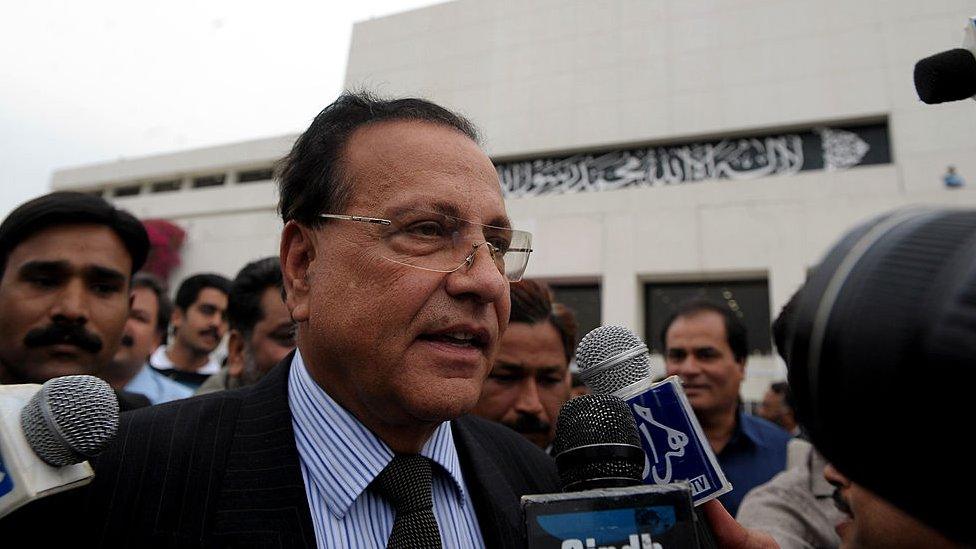
Shahbaz Taseer's father Salman was killed for opposing Pakistan's blasphemy laws.
In the past, Pakistani and Afghan governments have both paid ransom and released militants to secure the freedom of at least one Pakistani diplomat and an Afghan diplomat.
In most cases the money changed hands through TTP leaders. In the case of Shahbaz Taseer, there were reports of a higher ransom being demanded which was later reduced to 1bn Pakistani rupees ($10m).
However, haggling went on and some quarters have indicated that the Haqqani network, which despite denials is long believed to have enjoyed support from Pakistan's military establishment, helped mediate a deal involving a lower ransom. It is not clear if any prisoner releases were also part of the agreement.
Why Balochistan? Is there an Afghan connection?
Pakistan has moved against militant sanctuaries in the north-western tribal areas, but northern parts of Balochistan have remained largely untouched.
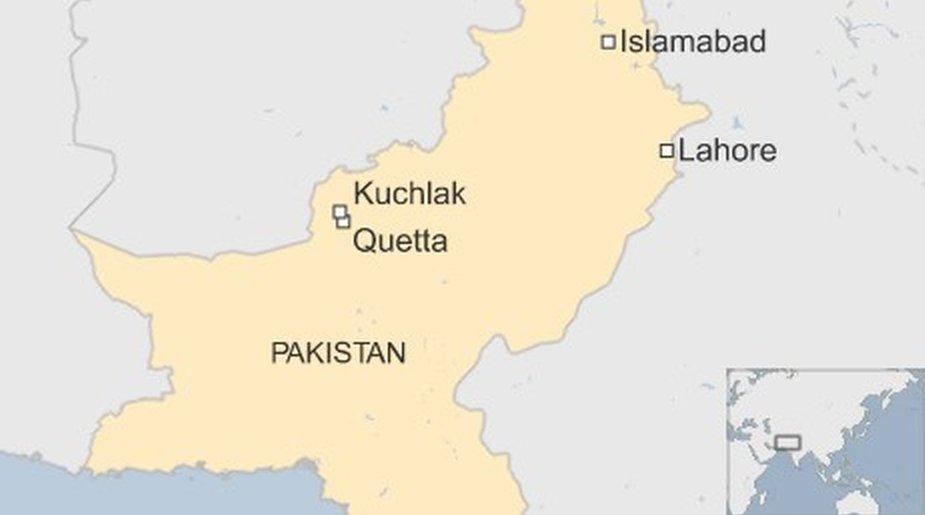
These areas have been home to a large Afghan refugee population, and to the leadership of the Afghan Taliban called the Quetta Shura.
During the operations in Waziristan, most TTP and IMU militants based in the south of that region spilled over into northern Balochistan.
They have also been able to move across most of the Afghan territory adjacent to the tribal areas and Balochistan.
- Published8 March 2016
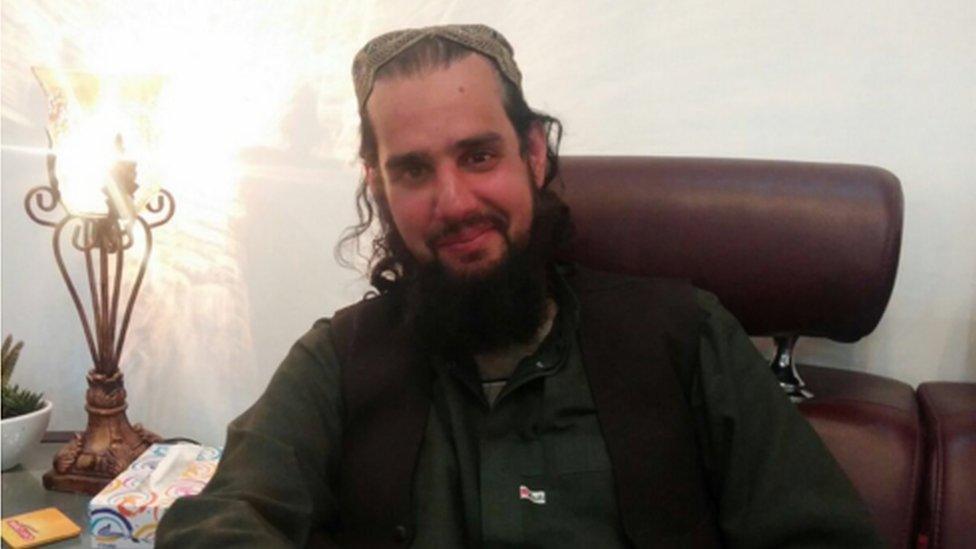
- Published1 March 2016
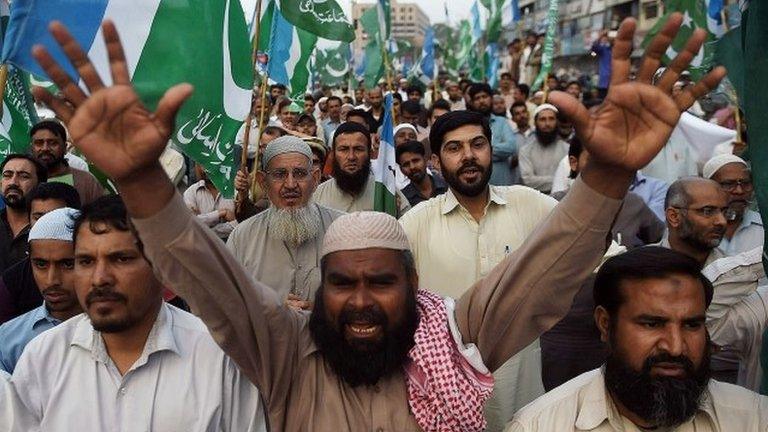
- Published9 January 2012
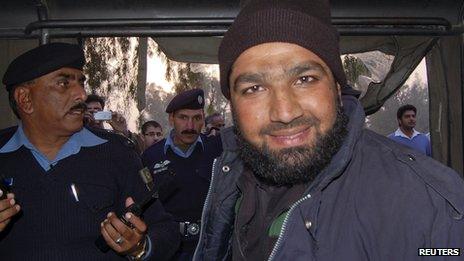
- Published14 January 2011
- Published5 January 2011